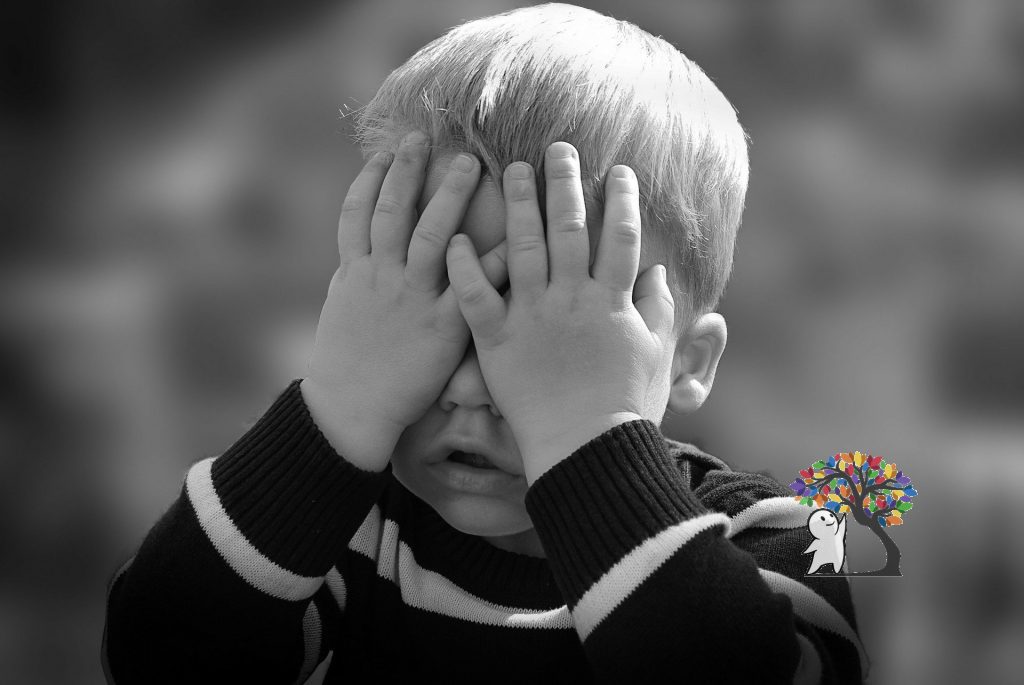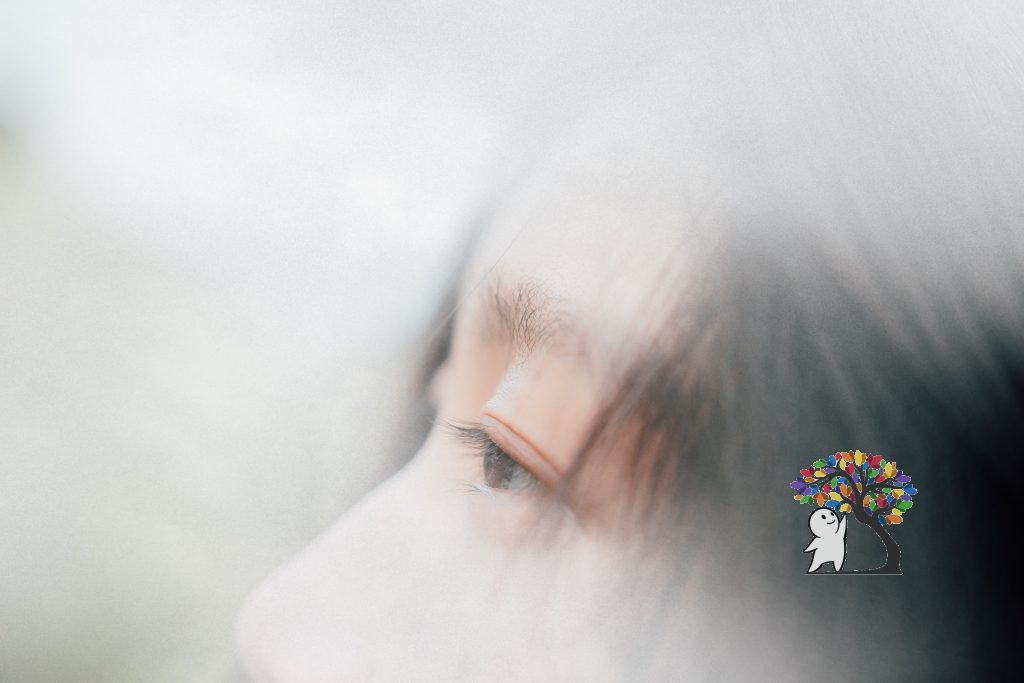Persistent Depressive Disorder… What is it?

Disclaimer: This article is meant for educational purposes only. Do not use information in this or any other article to self-diagnose or diagnose other people. If you feel that you or someone close to you may possess some of the characteristics mentioned in this or any other article on our blog and need help then please, consult a licensed mental health professional. This article is not a substitute for professional advice, but for general guidance.
According To American Psychological Association, “Dysthymic disorder in DSM–IV–TR is a mood disorder characterized by symptoms that are less severe but more enduring than those in major depressive disorder. It is identified as persistent depressive disorder in DSM–5. Also called dysthymia.”
How is persistent depressive disorder different from major depression?
Persistent depressive disorder is a type of depression. It’s less severe than major depressive disorder, yet it’s still prevalent. It is described as a condition that lasts at least two years in adults and one year in children and teenagers. To meet the criteria for PDD, symptoms must be present for at least two consecutive months.
Symptoms
The symptoms of persistent depressive disorder tend to come and go over time, with fluctuating intensity. The typical symptoms, on the other hand, rarely go away for more than two months at a time. Furthermore, major depressive episodes can occur before or during the course of persistent depressive disorder, this is a condition known as double depression.
According to Mayo Clinic, “Symptoms of persistent depressive disorder can cause significant impairment and may include:
- Loss of interest in daily activities
- Sadness, emptiness or feeling down
- Hopelessness
- Tiredness and lack of energy
- Low self-esteem, self-criticism or feeling incapable
- Trouble concentrating and trouble making decisions
- Irritability or excessive anger
- Decreased activity, effectiveness and productivity
- Avoidance of social activities
- Feelings of guilt and worries over the past
- Poor appetite or overeating
- Sleep problems
- In children, symptoms of persistent depressive disorder may include depressed mood and irritability.”
According to Harvard Health, “The symptoms of persistent depressive disorder are similar to those of major depression. In this disorder, the long duration is the key to the diagnosis, not the intensity of symptoms. As with major depression, mood may be either low or irritable. An individual with persistent depressive disorder may feel less pleasure and a lack of energy. He or she may feel relatively unmotivated and disengaged from life. Appetite and weight can increase or decrease. The person may sleep too much or have trouble sleeping. Indecisiveness, pessimism and poor self-image may also be present.”
Causes of PDD
According to Mayo Clinic, “the exact cause of persistent depressive disorder isn’t known. As with major depression, it may involve more than one cause, such as:
Biological differences. People with persistent depressive disorder may have physical changes in their brains. The significance of these changes is still uncertain, but they may eventually help pinpoint causes.
Brain chemistry. Neurotransmitters are naturally occurring brain chemicals that likely play a role in depression. Recent research indicates that changes in the function and effect of these neurotransmitters and how they interact with neurocircuits involved in maintaining mood stability may play a significant role in depression and its treatment.
Inherited traits. Persistent depressive disorder appears to be more common in people whose blood relatives also have the condition. Researchers are trying to find genes that may be involved in causing depression.
Life events. As with major depression, traumatic events such as the loss of a loved one, financial problems or a high level of stress can trigger persistent depressive disorder in some people.”
Diagnosing Persistent Depressive Disorder
Initially, a physical examination will be performed by your doctor in order to make an accurate diagnosis. Next, blood tests and other laboratory tests will be performed by your doctor to rule out any medical disorders that could be causing your symptoms. If your symptoms don’t have a physical explanation, your doctor may consider that you might be having a mental health disorder.
To examine your current mental and emotional health, your doctor will ask you a series of questions. It’s critical to tell your doctor everything about your symptoms. They’ll use your responses to determine whether you have PDD or another mental condition.
According to Healthline, “many doctors use the symptoms listed in the Diagnostic and Statistical Manual of Mental Disorders (DSM-5) to diagnose PDD. This manual is published by the American Psychiatric Association. The PDD symptoms listed in the DSM-5 include:
- a depressed mood almost every day for most of the day
- having a poor appetite or overeating
- difficulty falling asleep or staying asleep
- low energy or fatigue
- low self-esteem
- poor concentration or difficulty making decisions
- feelings of hopelessness
- For adults to be diagnosed with the disorder, they must experience a depressed mood most of the day, nearly every day, for two or more years.
For children or teens to be diagnosed with the disorder, they must experience a depressed mood or irritability most of the day, nearly every day, for at least one year.
If your doctor believes you have PDD, they’ll likely refer you to a mental health professional for further evaluation and treatment.”
What can one do after they have been diagnosed?
Although one cannot prevent PDD, you can do some things to make it less severe:
- Eat a well-balanced diet of nutritious foods.
- Exercise a couple of times during the week.
- Alcohol should be consumed in moderation, and recreational drugs should be avoided.
- Taking prescribed medications correctly and discussing any potential side effects with your healthcare providers.
- Keep an eye out for any changes in PDD and discuss them with your doctor.
Treatment
- Therapy
According to Harvard Health, “Supportive therapy provides advice, reassurance, sympathy, and education about the disorder. Cognitive therapy identifies and corrects thought patterns that promote self-defeating attitudes. Behavioral treatment improves social skills and teaches ways to manage stress and unlearn learned helplessness. Psychodynamic therapy helps patients resolve emotional conflicts, especially those derived from childhood experiences. Interpersonal therapy helps patients cope with personal disputes, loss and separation, and transitions between social roles.”
- Medication
Consult your medical professional to help you with the correct prescription to help you with your treatment.
Long-Term Outlook for People with Persistent Depressive Disorder
Because PDD is a chronic illness, some patients may never fully recover. Treatment can help a lot of people control their symptoms, but it isn’t always effective. Some people may continue to have severe symptoms that negatively impact their personal and professional lives.
References
Mayo Clinic (December 8, 2018). Persistent depressive disorder (dysthymia). Retrieved July 9, 2021, from
Timothy J. Legg, Ph.D. & Amber Erickson Gabbey (September 3, 2018). Persistent Depressive Disorder (Dysthymia). Retrieved July 9, 2021, from
https://www.healthline.com/health/dysthymia
Harvard Health (March 9, 2014). Dysthymia. Retrieved July 9, 2021, from
https://www.health.harvard.edu/newsletter_article/dysthymia
Cleveland Clinic (March 8, 2021). Persistent Depressive Disorder (PDD). Retrieved July 9, 2021, from
https://my.clevelandclinic.org/health/diseases/9292-persistent-depressive-disorder-pdd




Responses